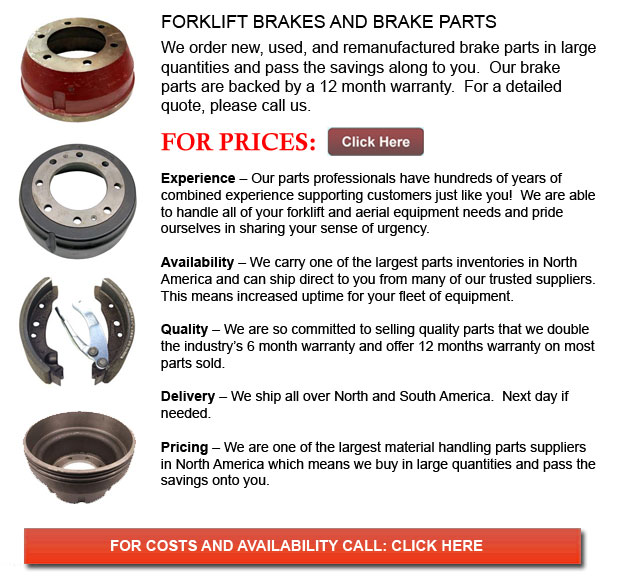
Forklift Brakes - A brake drum is where the friction is supplied by the brake pads or brake shoes. The pads or shoes press up against the rotating brake drum. There are several other brake drums types with particular specific differences. A "break drum" would generally refer to if either shoes or pads press onto the inner surface of the drum. A "clasp brake" is the term utilized so as to describe whenever shoes press next to the exterior of the drum. One more kind of brake, referred to as a "band brake" utilizes a flexible band or belt to wrap around the outside of the drum. If the drum is pinched in between two shoes, it could be referred to as a "pinch brake drum." Similar to a conventional disc brake, these kinds of brakes are somewhat rare.
Early brake drums, before the year 1995, required to be consistently modified to be able to compensate for wear of the shoe and drum. "Low pedal" could result if the needed adjustments are not carried out sufficiently. The motor vehicle can become dangerous and the brakes could become useless whenever low pedal is combined with brake fade.
There are various Self Adjusting Brake Systems available, and they can be categorized within two main kinds, RAI and RAD. RAI systems have inbuilt equipments which avoid the systems to recover if the brake is overheating. The most well known RAI manufacturers are AP, Bendix, Lucas, and Bosch. The most famous RAD systems comprise Volkswagen, VAG, AP, Bendix and Ford recovery systems.
The self adjusting brake would usually just engage when the vehicle is reversing into a stop. This method of stopping is suitable for use whereby all wheels utilize brake drums. Disc brakes are used on the front wheels of motor vehicles nowadays. By working only in reverse it is less possible that the brakes will be applied while hot and the brake drums are expanded. If adapted while hot, "dragging brakes" could occur, which raises fuel intake and accelerates wear. A ratchet tool which becomes engaged as the hand brake is set is another way the self adjusting brakes could function. This means is just appropriate in functions where rear brake drums are utilized. When the emergency or parking brake actuator lever exceeds a specific amount of travel, the ratchet developments an adjuster screw and the brake shoes move in the direction of the drum.
Located at the bottom of the drum sits the manual adjustment knob. It could be tweaked using the hole on the opposite side of the wheel. You would have to go beneath the vehicle together with a flathead screwdriver. It is extremely significant to adjust every wheel evenly and to move the click wheel correctly in view of the fact that an uneven adjustment can pull the vehicle one side during heavy braking. The most efficient way to be able to make certain this tiresome job is accomplished safely is to either lift each and every wheel off the ground and spin it by hand while measuring how much force it takes and feeling if the shoes are dragging, or give every\each and every one the exact amount of clicks utilizing the hand and then do a road test.
![]() Click to Download the pdf
Click to Download the pdf
Forklift Parts
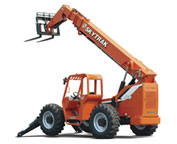
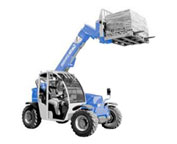
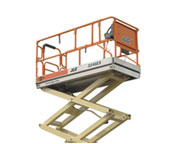
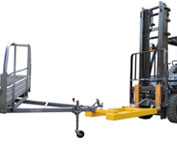
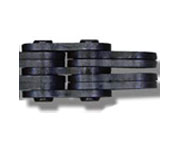
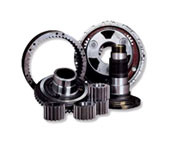
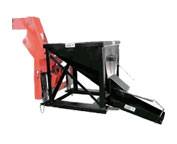
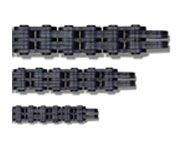
Lift Parts Express
TOLL FREE: 1-888-695-7994
Langley, British Columbia
forkliftpartslangley.ca
Email Us
About Us


